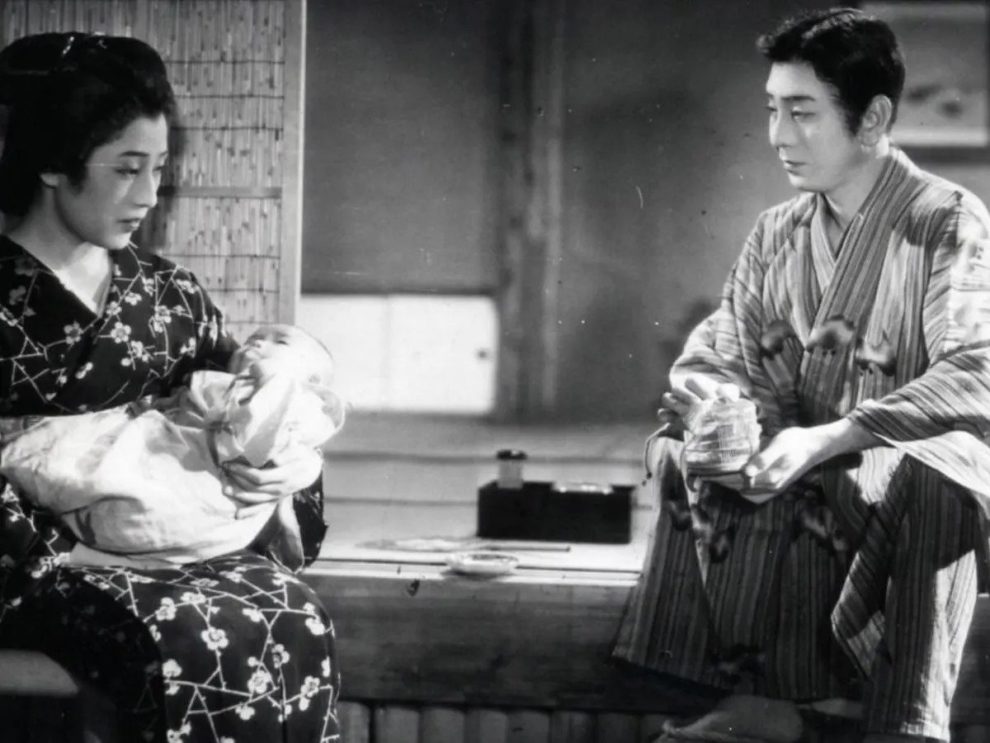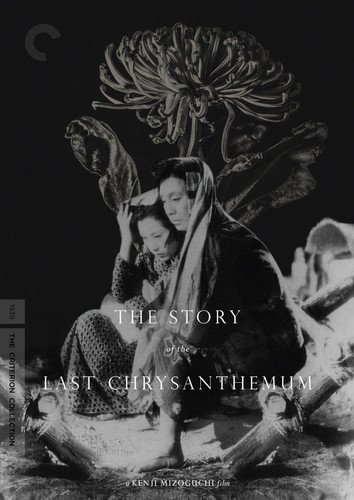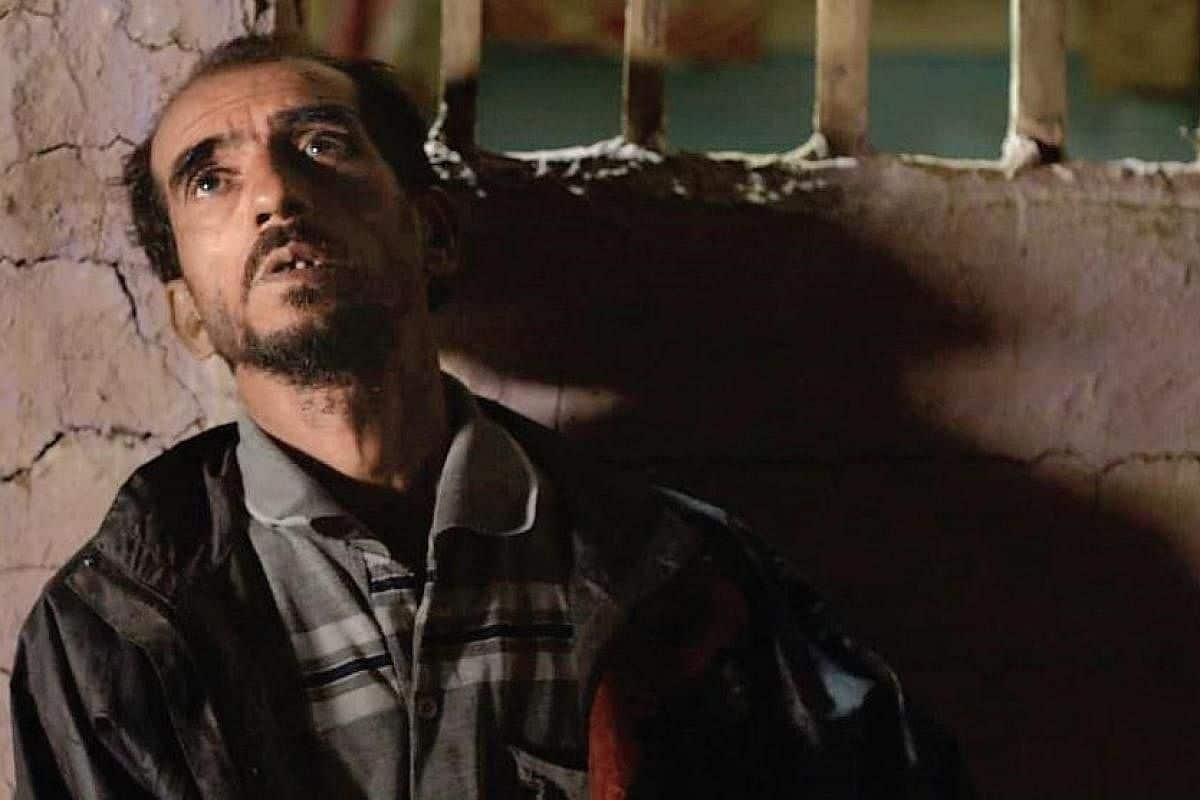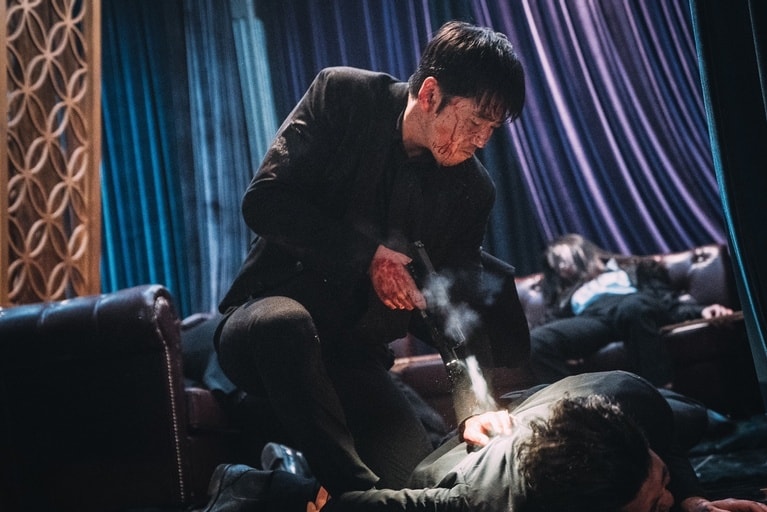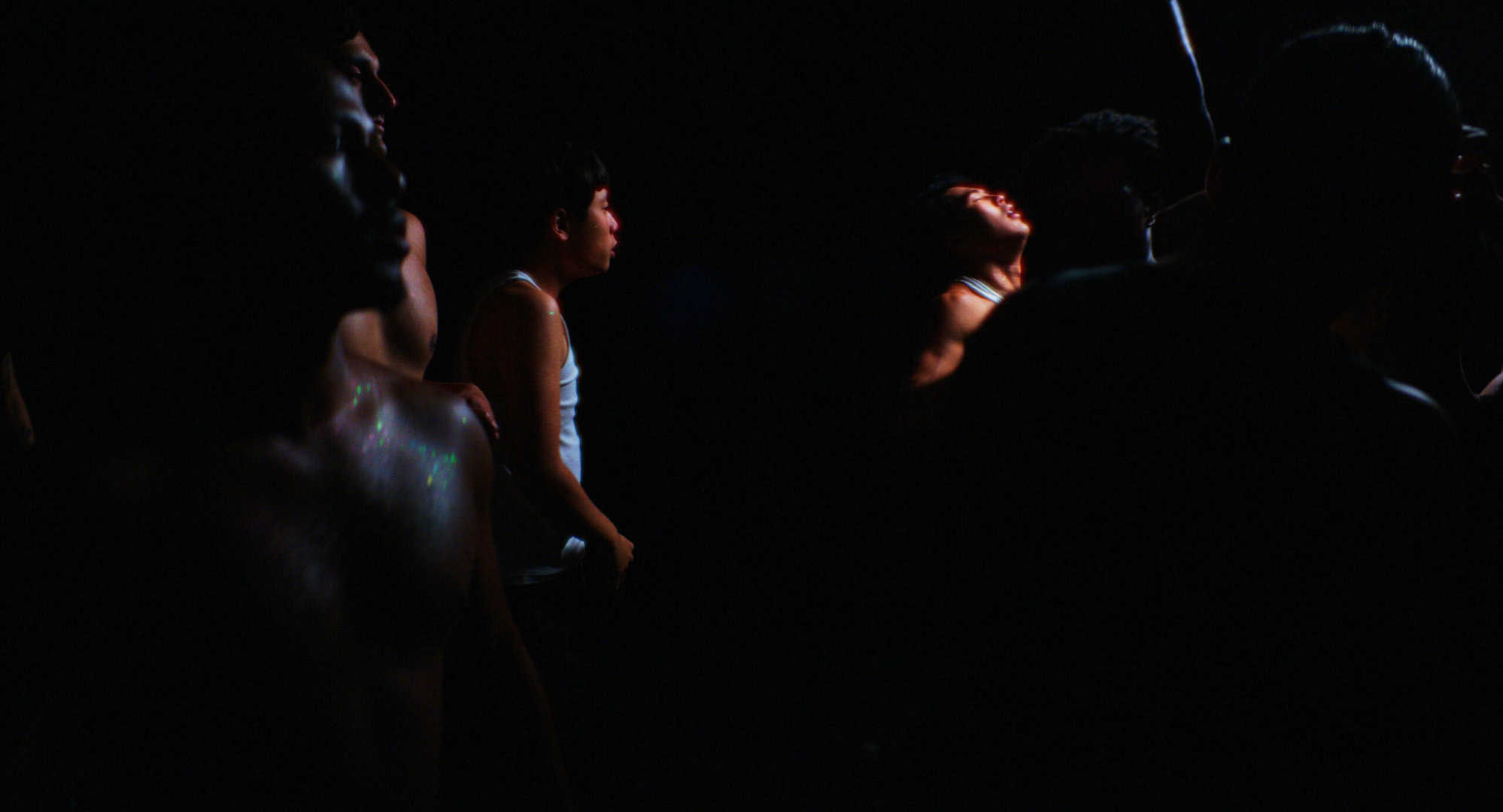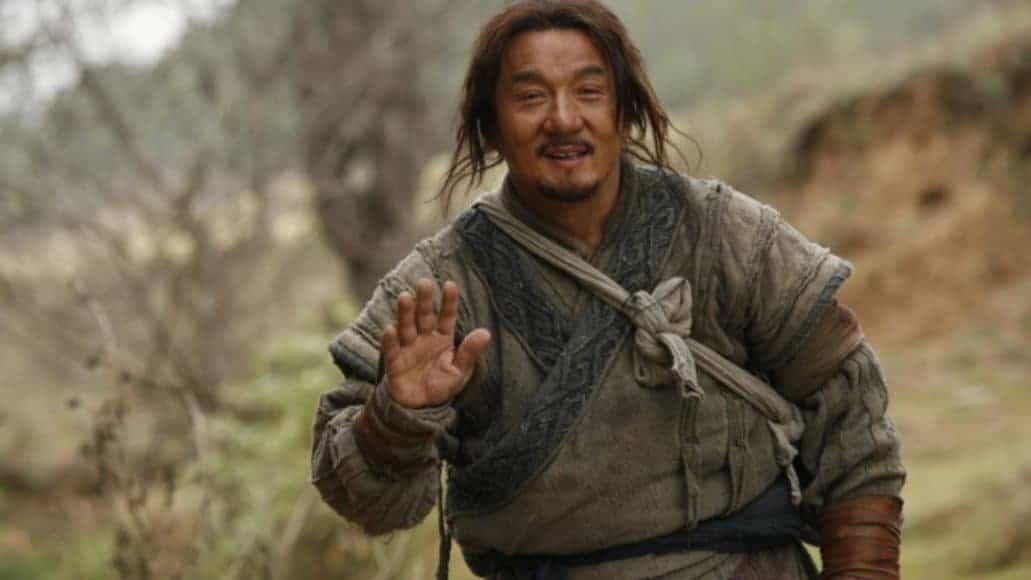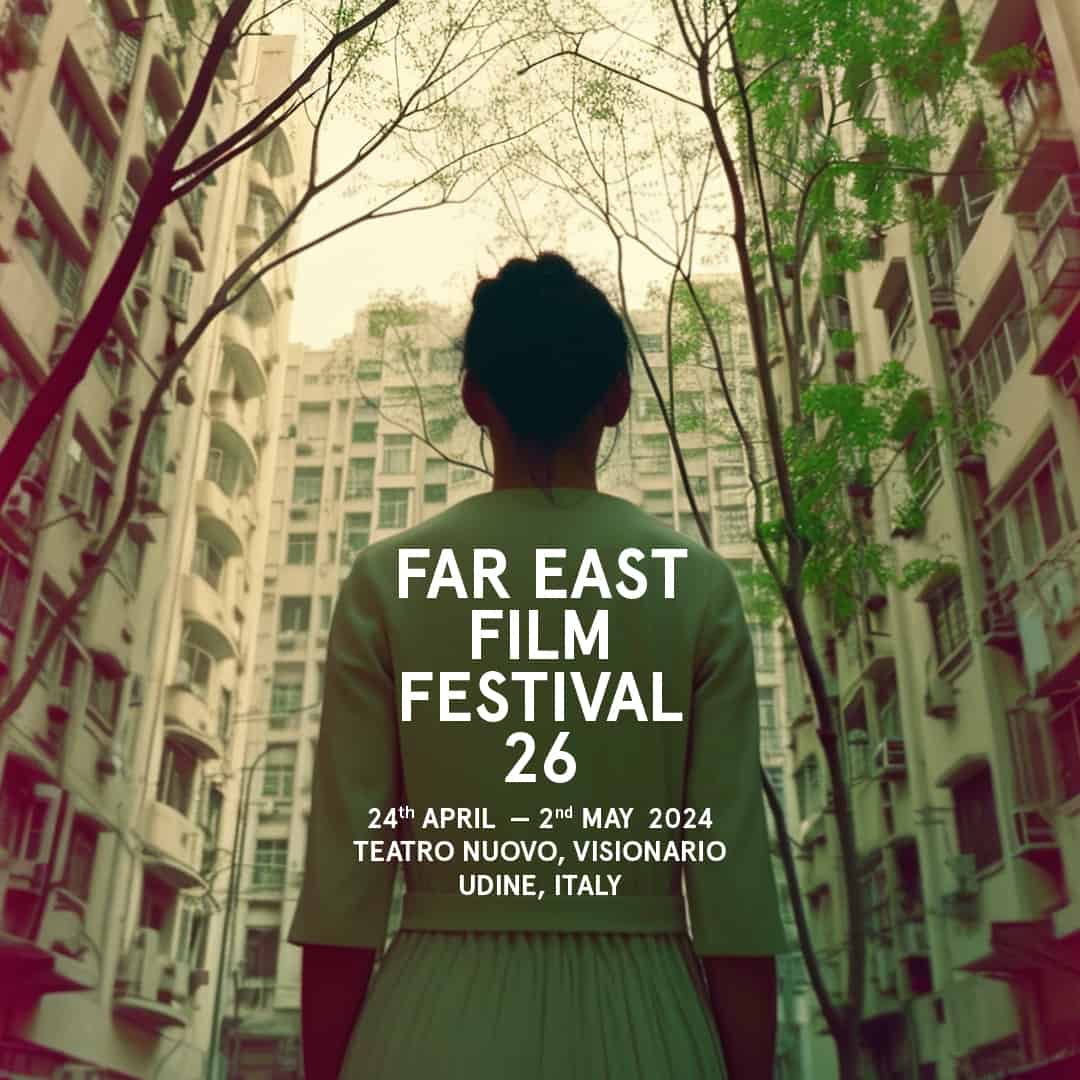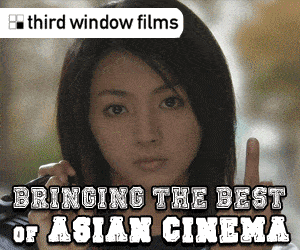Just before WW2, the militarized Japanese state imposed movies that dealt with the Tokugawa period to the industry. As a reaction to this tactic, a number of filmmakers turned towards the Meiji era, with Mizoguchi being one of the first to do so, with “The Story of the Late Chrysanthemums”, which many consider his greatest pre-war achievement. The script is based on the autobiography of Kabuki actor Kikunosuke Onoue, and is essentially a melodrama that stands apart due to the rather thorough look at the world of Kabuki, including both tradition and interpersonal relations.
The story unfolds in 1885 Tokyo, where Kikugoro Onoe, a famous kabuki actor, has adopted Kikunosuke, who appears on the stage in female parts, trying to continue the great career of his father. The rest of the troupe's members praise Kiku's performances, but in reality, they mock him behind his back, since he is essentially untalented. The only one who speaks truthfully to him is Otoku, the young wet-nurse of the infant son of the father's natural son, who encourages him to try to improve. The two of them come closer, but when their relationship becomes known, his enraged adopted mother kicks her out of the house, in an effort to avoid a scandal, since Otoku belongs to a lower class. Kiku, however, is in love, which leads him into a confrontation with his family and his leaving of Tokyo for Osaka, where his uncle, Tamiro Naritaya, lives. The two lovers will meet again after some time, in a path, though, that leads from bad to worse. When Kiku finds an opportunity to return to his Tokyo family, Kiku must “sacrificed”.
One of the tendencies of the filmmakers that turned to the Meiji ear was to transform Japanese traditions to a dogma. In this particular case, Mizoguchi does so within the local family system, with the movie acting as an instigation towards the youths to return to their “proper” place within their family, and by extension, to the Japanese hierarchy that begins from the Emperor. As it becomes evident as the story progresses, the abandonment of the familial hearthstone is a recipe for disaster, while love should be sacrificed in front of the good of the family. At the same time, Mizoguchi also communicates a comment about the way life's hardships can actually improve an artist, in contrast to the obsession for commercial success.
Beyond context, however, the movie could have been an oversentimental melodrama if not for the directorial abilities of Mizoguchi, who combines the narrative style with a series of artful cinematic techniques and his intense dedication to detail. The lack of close-ups, the extensive use of lengthy single-shots and the many dolly shots are the main ingredients of the cinematography, which is implemented by Yozo Fuji and Minoru Miki, and result in the intensification of the dramatic element and the exemplifying of the psychological statuses of his protagonists. Furthermore, the utterly realistic depiction of the era and the very fitting, slow pace by Koshi Kawashigashi, conclude his cinematic approach here, in the most masterful way.
Kakuko Mori is sublime as Otoku, a woman willing to do anything for the man she loves, with the same applying to Shotaro Hanayagi as Kiku, with the most impressive aspect of his acting coming from the way his character improves his acting abilities.
“The Story of the Late Chrysanthemums” is a true masterpiece of world cinema and a testament to the quality of pre-War Japanese cinema.


